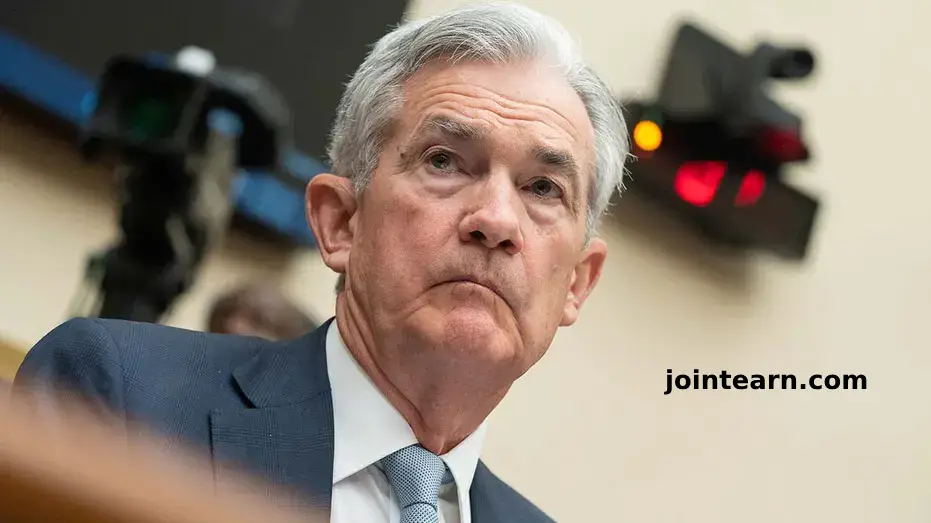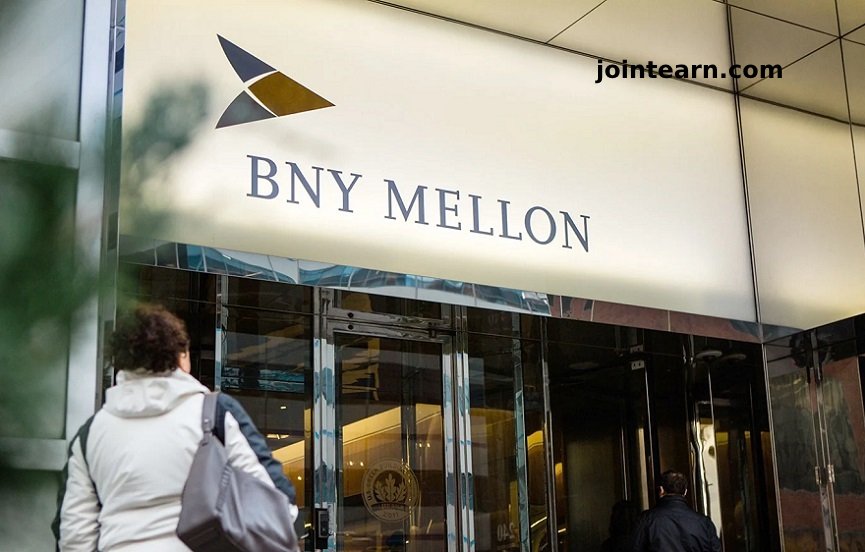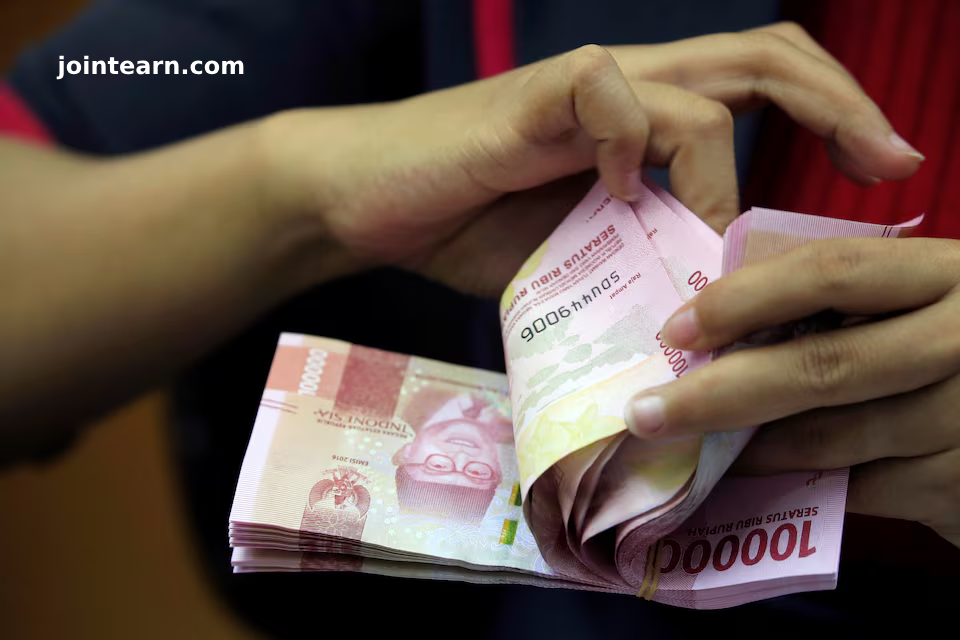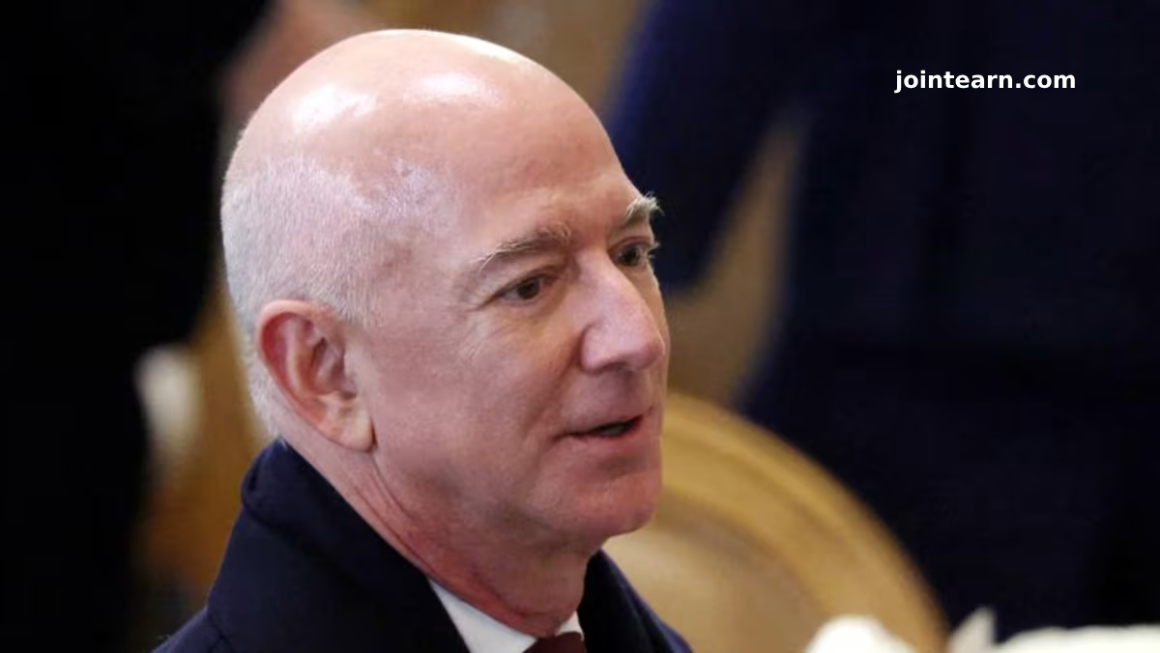The Federal Reserve faces a difficult decision following the release of new data on Wednesday, which highlights slower economic growth and higher inflation in the first quarter of 2025. This data points to a potential conflict between the Fed’s dual mandate of maximizing employment and maintaining price stability, forcing the central bank into a tough spot.
Stagflation Warning: Slowing Economy, Rising Inflation
“The latest data signals a stagflation warning shot over the bow of the economy,” said Ellen Zentner, Chief Economic Strategist at Morgan Stanley Wealth Management. “This type of data won’t ease market concerns, and it certainly complicates the Fed’s task.”
The U.S. economy contracted for the first time in three years at the start of 2025, primarily due to a surge in imports, which dragged down GDP. Simultaneously, inflation rates increased more than expected, exacerbating concerns for policymakers.
Luke Tilley, Chief Economist at Wilmington Trust, anticipates that the U.S. economy will enter a recession in the second quarter, with another contraction in growth. “Underlying demand looks fragile,” Tilley noted, attributing the weak first-quarter performance to businesses preparing for tougher times ahead.
Inflation Surges Beyond Expectations
Inflation during the first quarter of 2025 came in higher than expected. The “core” Personal Consumption Expenditures (PCE) index, which excludes volatile food and energy prices, increased by 3.5%—above the forecasted 3.2% and higher than the 2.6% observed in the previous quarter.
Although inflation showed signs of cooling in March, it was still higher than expected. The “core” PCE index rose 2.6% year-over-year, down from 2.8% in February. However, economists expect that President Trump’s tariffs could drive inflation even higher, particularly in the coming months.
Fed’s Dilemma: Balancing Inflation and Employment
Federal Reserve Chairman Jerome Powell has repeatedly warned that the central bank may find itself between a “rock and a hard place” if inflation and employment goals become misaligned. In a speech on April 16, Powell acknowledged the possibility that the Fed’s dual mandate to keep inflation stable and maximize employment could be in conflict due to tariffs that both raise prices and suppress growth.
“We may find ourselves in the challenging scenario in which our dual-mandate goals are in tension,” Powell explained. “If that happens, we would consider how far the economy is from each goal and the different time horizons over which those respective gaps would be anticipated to close.”
Pressure from the White House and Market Reactions
President Trump has intensified pressure on Powell to lower interest rates, despite concerns that doing so might further fuel inflation. At a rally on April 29, Trump criticized the Fed’s performance without directly naming Powell, claiming that he knows more about interest rates than the Fed Chairman.
Powell’s recent remarks have also spurred heightened criticism from the administration, which believes that the Fed should view tariff-induced inflation as temporary. However, Powell emphasized that without price stability, the Fed cannot achieve a sustainable job market in the long term.
Fed’s Rate Decision on the Horizon
The Federal Reserve is not expected to make any changes to interest rates at its upcoming meeting on May 6-7. However, economists like Gus Faucher, Chief Economist at PNC Financial Services Group, believe that the central bank might consider rate cuts later in 2025 if weaker job reports materialize.
The April jobs report, due on Friday, is expected to show that 133,000 nonfarm payroll jobs were added to the U.S. economy, with the unemployment rate remaining steady at 4.2%. March’s report showed stronger-than-expected job growth, with 228,000 new jobs added.
Private Sector Job Growth Slows in April
Private sector hiring showed signs of slowing in April, according to data from ADP, which reported that private employers added just 62,000 jobs—far fewer than the 115,000 expected. This marked the smallest increase in private payrolls since July 2024, with economic uncertainty and tariff concerns likely contributing to the slowdown.
Conclusion: Uncertainty Looms for the Fed
As the Fed faces economic pressures from both inflation and slowing growth, its next steps will be critical in shaping the future trajectory of the U.S. economy. The central bank’s challenge will be to navigate this delicate balance between fostering employment and controlling rising prices amid ongoing trade tensions and tariff impacts.












